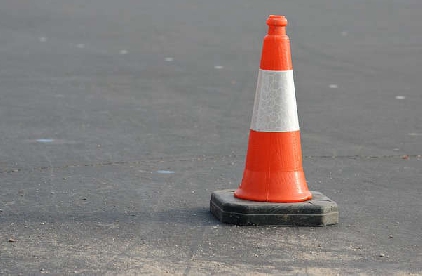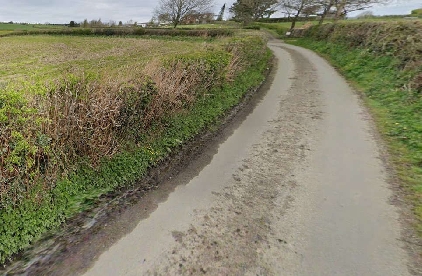
Concerns have been raised after an increase in absences due to work-related stress at Shropshire Council.
Figures released ahead of yesterday’s Cabinet meeting revealed such absences had risen by more than two per cent in the last year to 4.95 per cent.
The percentage of stress related absences had risen by five per cent to 21 per cent.
Councillor Roger Evans, leader of the opposition Liberal Democrat group, urged members to look at why there was an increase.
He said: “I know why what these numbers are based on. Some could be due to reasons at home or other outside reasons, but the with us asking more of our staff we need to looking at how they are managing.
“t is useful to know these numbers and how we compare with other local authorities.”
Carol Fox, occupational health, safety and ICT approvals manager, who wrote the report, said the reasons categories have changes with stress now including anxiety, depression and mental health.
She added: “Targeted work continues between human resources advice and project team, the occupational health team, the health and safety team and the NOSS (Network of Staff Supporters) counselling service to try to reduce stress related absences through the use of the stress risk assessments, action plans and training for managers.
“All support mechanisms are based on identifying work related and personal stress at an early stage and taking early intervention through referral to the occupational health team, access to a counselling service and instigating an action plan.”
The report also noted an increase in the number of reportable incidents to the Health and Safety Executive for employees in 2017/18 from 12 to 16, while incidents to non-employees also rose from seven to 10.
There was also one reportable dangerous occurrence during the year.
Slips, trips and falls were the cause of 50 per cent of reportable employee accidents to the HSE, followed by manual handling related accidents (19 per cent), physical violence (12.5 per cent), collision injury (six per cent), fall from height (six per cent) and impact injury (six per cent).


 Powys councillors vote to consult on proposed tourism tax
Powys councillors vote to consult on proposed tourism tax
 MP urges Prime Minister to keep Armed Forces Covenant Pledge
MP urges Prime Minister to keep Armed Forces Covenant Pledge
 Roadworks planned in Bridgnorth town centre
Roadworks planned in Bridgnorth town centre
 MP calls for fairer funding for rural public services
MP calls for fairer funding for rural public services
 Fury in market towns over £20m ‘snub’ to the rest of Herefordshire
Fury in market towns over £20m ‘snub’ to the rest of Herefordshire
 Shropshire woman charged with supporting Hamas
Shropshire woman charged with supporting Hamas
 Revealed: The main roads in Herefordshire prioritised for repairs
Revealed: The main roads in Herefordshire prioritised for repairs
 Villagers fustrated over lack of road repairs
Villagers fustrated over lack of road repairs
